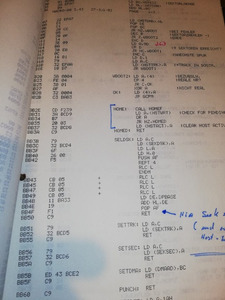Please stop being so condescending, I'm an embedded software engineer (got my own office and everything!) and I'm a reasonably capable programmer trying to learn a new (old) thing - the attitude in these types of threads make that very hard so I usually don't bother posting here.
I'm well aware that there's challenges involved but the bottom line is it can be done, else there wouldn't have been books about them. I've managed to solve all my compiler and assembler issues and have started development using the DOS internals driver framework (which does what you posted except in MSC/MASM).
I am already able to detect the CPU type and find VESA modes in a VBE 2.x capable card. It's not so hard if you actually read the docs properly. I will tackle the LFB stuff next.
Of course there already exist programs such as setk6 that do what I set out to do, but they all do not work with EMM386 (privileged instructions) or in case of k6dos, does not actually really do what it says on the box (and is incompatible with the k6-2 CXT, I patched out that check though and got nowhere) .
Elaborating on what I was saying at the beginning:
The problem is that when I started programming, DOS and its many concepts, interfaces and structures were already a thing of the past. Never learned them, never learned about memory models and segmentation and all that legacy goodness, never learned x86 assembly. My retro gaming hobbies were what made me learn 68k, z80 and later I learned ARM assembly in university; none of these platforms bore any similarity to this here architecture 😅
Perhaps that's why to people such as yourself I may look like an idiot - you can of course believe that, it's a free world after all, but even professionals have knowledge gaps 😀
